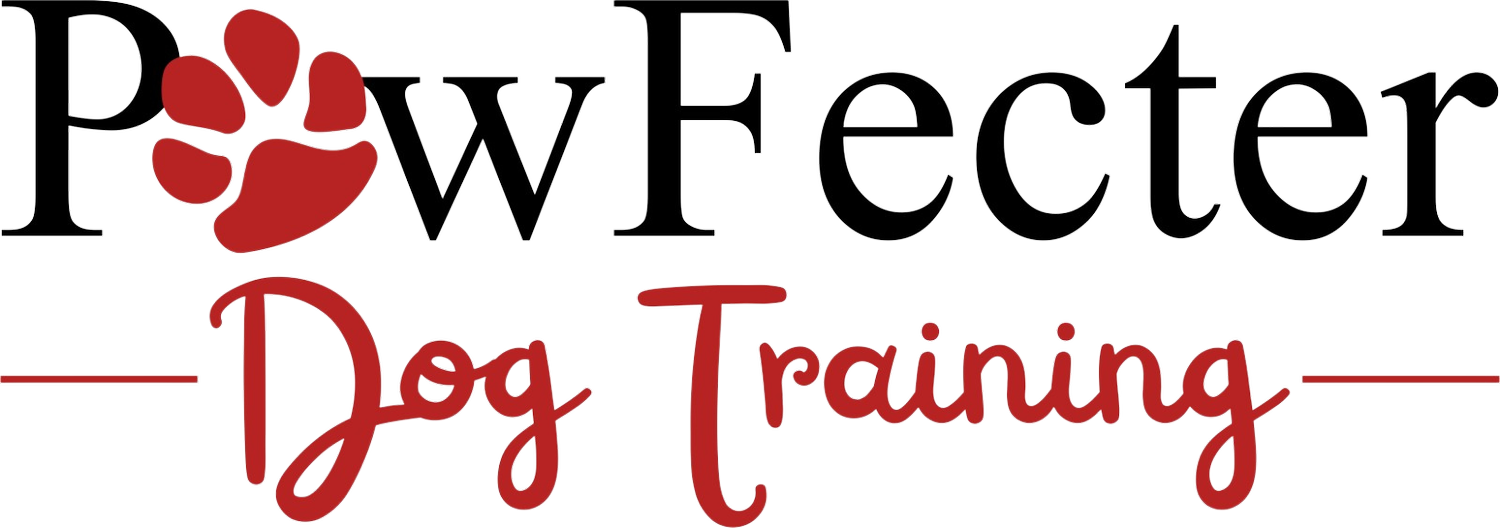Exploring Canine Elbow Joints: Function, Issues, and Care
In our ongoing journey to understand our canine companions' health, we now turn our attention to a crucial joint in their anatomy – the elbow. Join us as we unravel the mysteries of this vital joint, explore common issues, and discover ways to safeguard its health and function.
**Function and Movement:**
The elbow joint serves as a pivotal hinge connecting the upper arm (humerus) to the forearm (radius and ulna). It facilitates the bending (flexion) and straightening (extension) of the forelimb, essential for activities like walking, running, and manipulating objects. The smooth articulation of bones, supported by ligaments and muscles, allows for fluid movement and stability in various positions.
**Common Issues:**
1. **Elbow Dysplasia:** A collective term for developmental abnormalities affecting the elbow joint, including fragmented coronoid process (FCP), osteochondritis dissecans (OCD), and ununited anconeal process (UAP). These conditions can lead to pain, lameness, and stiffness, particularly in large and giant breeds.
2. **Elbow Arthritis:** Degenerative changes in the elbow joint, often secondary to dysplasia or trauma, result in inflammation, pain, and decreased range of motion.
3. **Elbow Luxation:** Dislocation of the elbow joint due to trauma or congenital abnormalities, causing severe pain and dysfunction.
**Preventing Injuries and Promoting Safety:**
1. **Maintain a Healthy Weight:** Excess weight places undue stress on the elbow joints, increasing the risk of degenerative conditions like arthritis. Maintain your dog at a healthy weight through a balanced diet and regular exercise.
2. **Avoid High-Impact Activities:** Limit activities that involve repetitive jumping, twisting, or sudden stops, as these movements can strain the elbow joints and predispose them to injury.
3. **Provide Soft Surfaces:** Ensure your dog has access to soft, supportive bedding to minimize pressure on the elbows during rest.
**Indications of Problems:**
1. **Lameness:** Noticeable limping or favouring of one forelimb over another may indicate pain or discomfort in the elbow joint.
2. **Reluctance to Bear Weight:** Dogs with elbow issues may hesitate to put weight on the affected limb or may exhibit difficulty rising from a lying position.
3. **Stiffness:** Reduced range of motion in the elbow joint, stiffness, or reluctance to extend or flex the forelimb could be signs of underlying joint problems.
**Helping Elbow Health and Recovery:**
1. **Consult with a Veterinarian:** If you suspect your dog is experiencing elbow issues, seek prompt veterinary evaluation for an accurate diagnosis and treatment plan.
2. **Medication and Pain Management:** Your veterinarian may prescribe anti-inflammatory medications or pain relievers to alleviate discomfort and reduce inflammation in the elbow joint.
3. **Physical Therapy:** Veterinary-recommended exercises and modalities, such as massage, range-of-motion exercises, and hydrotherapy, can help improve elbow mobility and strength.
4. **Surgery:** In severe cases, surgical interventions may be necessary to address structural abnormalities or correct elbow luxation, facilitating proper healing and joint function.
**In Conclusion:**
The elbow joint is a cornerstone of canine mobility and functionality, deserving of our vigilant care and attention. By understanding common issues, implementing preventive measures, and seeking timely intervention when needed, we can help safeguard our dogs' elbow health and ensure they continue to enjoy a life of vitality and vigour. Let's keep those elbows strong, flexible, and ready for countless adventures ahead!

